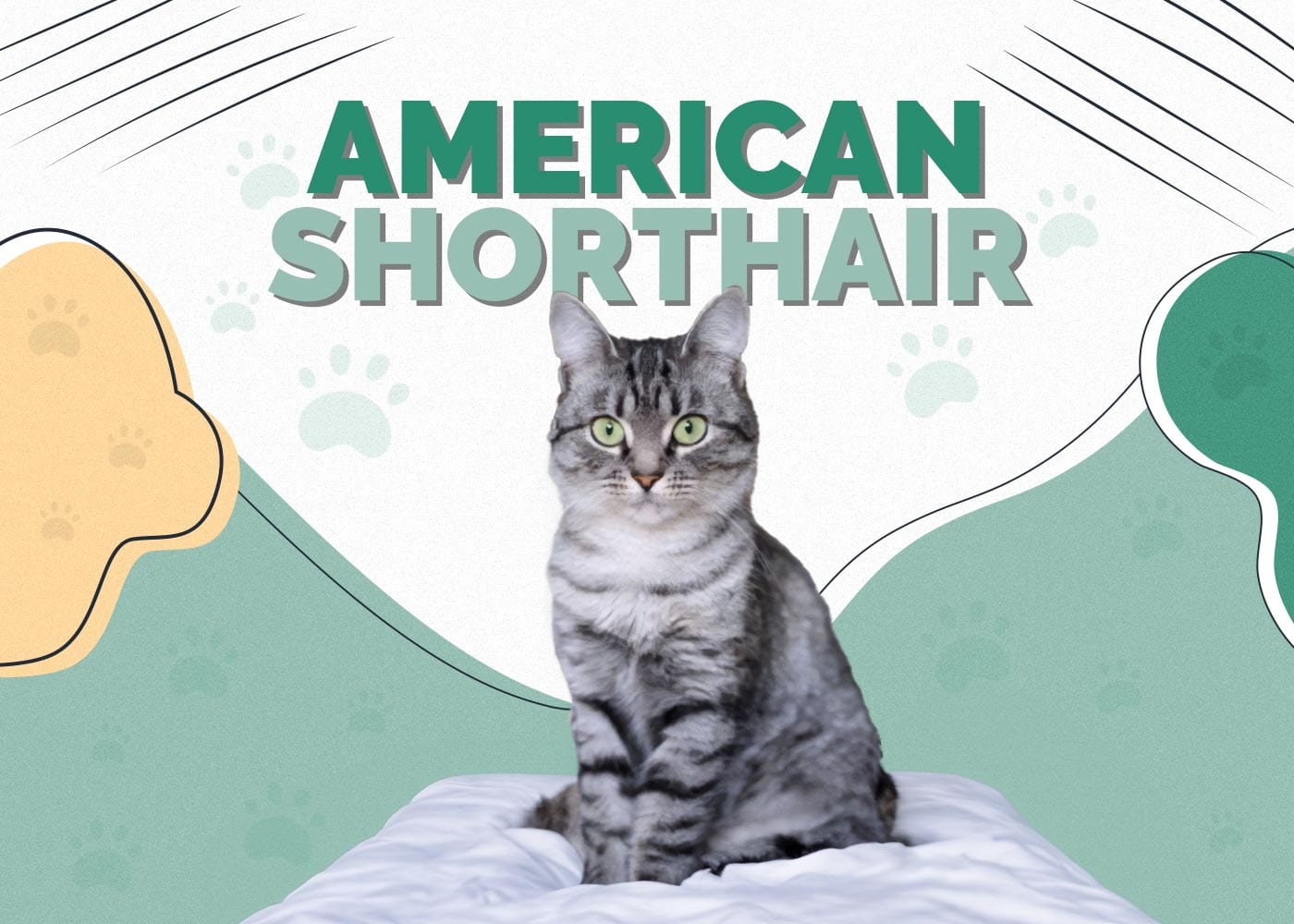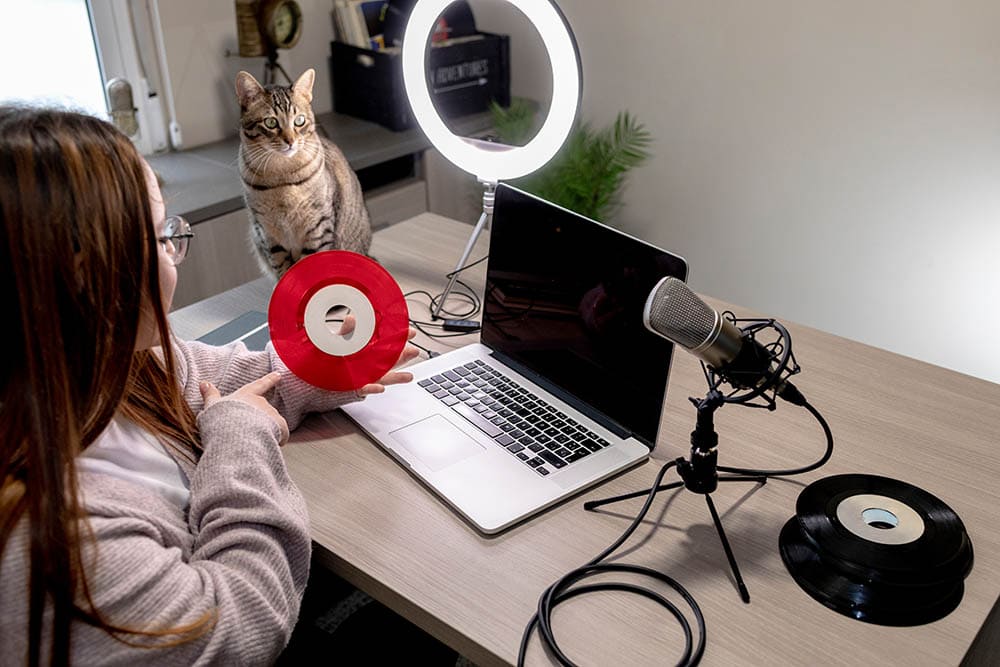Does Lyft Allow Cats? 2024 Policy & Travel Tips
Updated on
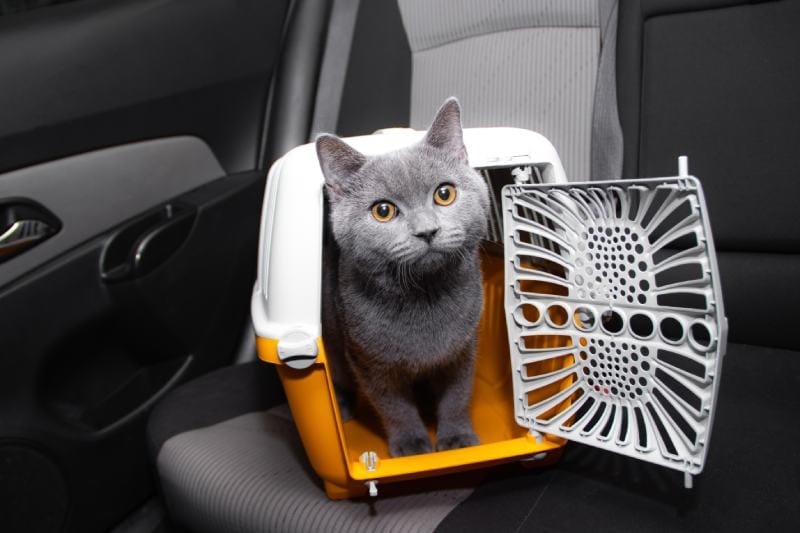
There are times when it’s going to be necessary to get your precious puss cat from point A to point B. And there are times when you’re going to have to rely on a third party to make that happen for you. Perhaps you don’t own a car, or it’s in the shop. The friend who would usually help out is not available this time. Public transport is such a hack with a kitty carrier in hand and it takes so much longer.
A rideshare alternative such as Lyft is the solution. Door to door, no stops in the comfort of a car, but will they allow your cat to ride along? The answer is not a clear yes or a no as you might have hoped for. Although they are allowed to, Lyft drivers are not obliged to accept a pet-carrying fare. It is ultimately the individual driver’s decision as to whether they are willing to accommodate a cat in their car.1
Read on to find out how that works.
Service Animals vs. Non-Service Animals
You may be wondering about service animals. By law,2 and out of necessity, a service animal is allowed to go anywhere that a human is, and that includes on a Lyft. A Lyft driver may not refuse a service animal passage.3
We all agree that our cats provide an invaluable service to us as companions, and confidants, even as our therapists at times! However, this does not qualify as an official “service” and furthermore, cats can not officially be service animals. That privilege is primarily afforded to dogs and horses.
Therefore, a cat could never be entitled to ride with Lyft in this capacity.
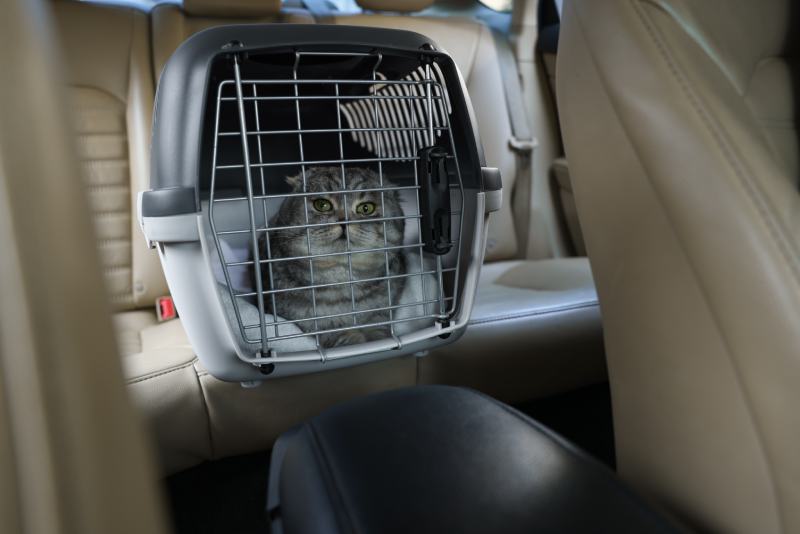
Procedure For Catching a Lyft with Your Cat
The outcome is not assured but here’s the procedure to follow when you hail a Lyft with your cat. It might be worth crossing your fingers, or you can have a look at our tips for success a bit further on.
- Request a ride as you normally would via the Lyft app.
- As soon as the ride is accepted you need to call your driver and explain the circumstances (see our “Before the Ride” tips below).
- If the driver decides to accommodate you and your cat, then you’re good to go.
- If the driver regretfully informs you that they will not be able to accommodate you, then you must immediately cancel your ride request. If you are charged a cancellation fee, Lyft’s “Pet Policy” provides for reimbursement in these circumstances. Contact them and they will affect it.
- Return to step 1 and request a new ride. Repeat the process until you are successful in booking a Lyft that will accommodate you.
NOTE: The driver reserves the right to change his/her mind when they arrive if they determine that you have not been honest about your circumstances. For example, if you told him/her that your cat was in a carrier and the cat turns out to be in a cardboard box.

Driving with Cats vs. Dogs
When it comes to transporting pets in cars, there’s an obvious difference between dogs and cats, especially big dogs.
Unless they’re teacup-sized, dogs can be messy and boisterous. They don’t usually travel in a carrier so they might roam the back seat a bit, depending on how in control of things the owner is. They have the propensity to leave fur, paw prints and goopy slobber all over the place.
Big dogs can be scary! They’re a bit of an unknown entity to strangers, your Lyft driver included. Some folks are downright scared of all dogs. A cat is a negligible threat in comparison.
Cats are smaller, usually contained in a carrier and typically less boisterous. They’re less likely to make a mess in the car.
However, many cats (we admit, not all) commence with a brain-splitting caterwauling within minutes of the car setting off. They may settle after a few minutes, but some can continue for hours. This is the kitty’s anxious response to the unknown and it can’t be helped in the moment. There are ways to desensitize a cat to travel, but these usually require time and commitment before the event.
If your Lyft driver is familiar with animals they will be aware of the pros and cons of carrying either in their car. They will use these parameters to make their decision. Because of this, we’ve provided a few tips below that may increase your chances of acquiring a successful Lyft and having a smoother ride.
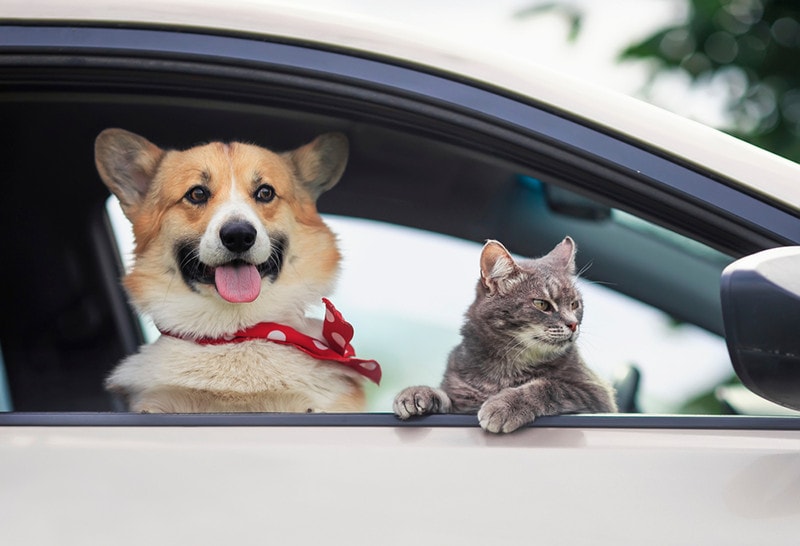
Tips For Having a Smooth Lyft with Your Cat
Since there are a few unknowns—your assigned driver being the greatest of these—and the potential for hiccups, we’ve compiled some pointers that will hopefully increase your chances of success. The list is divided into two parts: things to consider before you ride, and tips for having a glitch-free ride and getting a good driver review.
Before the ride:
- Be prepared for the possibility of having to try several times before you find a Lyft willing to transport you and your cat. Set aside some extra time for this.
- Call your driver immediately once the ride is accepted to explain your circumstances.
- Be honest, transparent and polite so that your driver can make an informed decision as to whether they will Lyft you with your cat.
- Let your driver know beforehand what kind of container your kitty is in and how well it travels. Even if this means admitting that things are going to get noisy.
- Ask your driver if they have any specific stipulations for accommodating a cat in their car.
- Highlight the positives if it seems like it will help make your case. Point out that your cat doesn’t get carsick and throw up. It’s not going to foul the seats with dirty paw prints, copious quantities of fur and slobber or pee.
- It is the driver’s discretion to accept or deny your ride request. No is no, and yes is provisional. Accept his/her decision graciously.
- Familiarize yourself with Lyft’s policies and the rights of both parties.
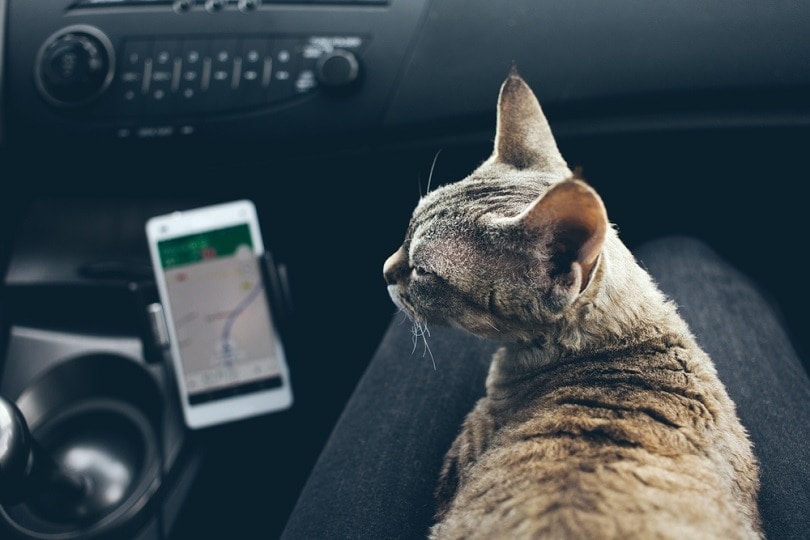
During the ride:
- Always transport your kitty in a purpose-built carrier. Travelling with a cat in your arms, or a cardboard box is a no-no.
- Put a used blanket from home in your cat’s carrier so it is surrounded by familiar and comforting smells and textures.
- Talk to your kitty throughout to reassure it and keep it calm.
- Be polite and courteous to your driver. You may be anxious but try not to take it out on them.
- Express your gratitude for them consenting to accommodate you and your precious fur child.
- Be sure to tip your driver and give them a good review.
 Final Thoughts
Final Thoughts
It’s up to your Lyft assigned driver as to whether they will accommodate you with your puss cat. It’s difficult to estimate the chances of them accepting or not as people are such a variable entity.
You may prefer to rather not take the risk of being turned down, or it may be an emergency and the situation dictates that you can’t take the risk. In either of these cases, it may be prudent to use an alternative such as Uber which, for a few extra dollars, guarantees that they will accommodate you and your cat.
Featured Image Credit: alenka2194, Shutterstock


